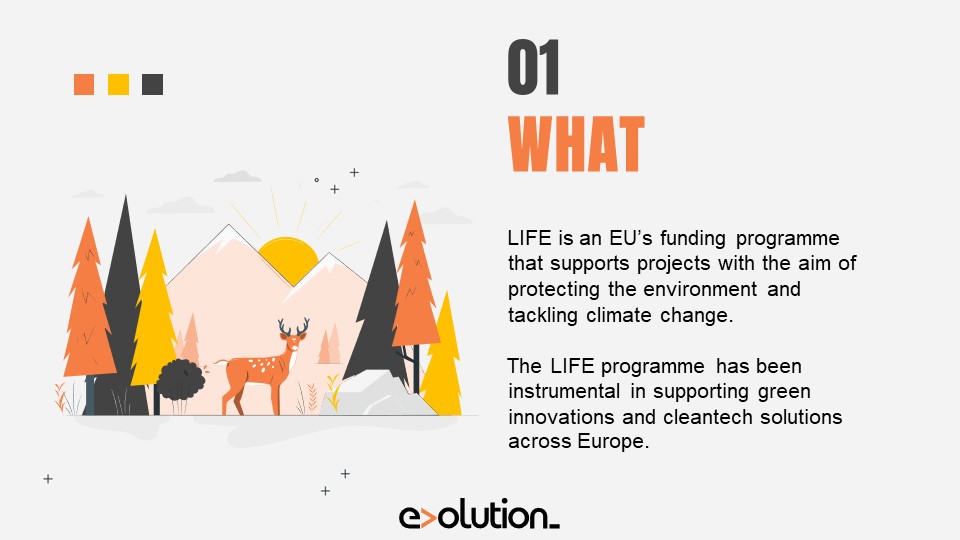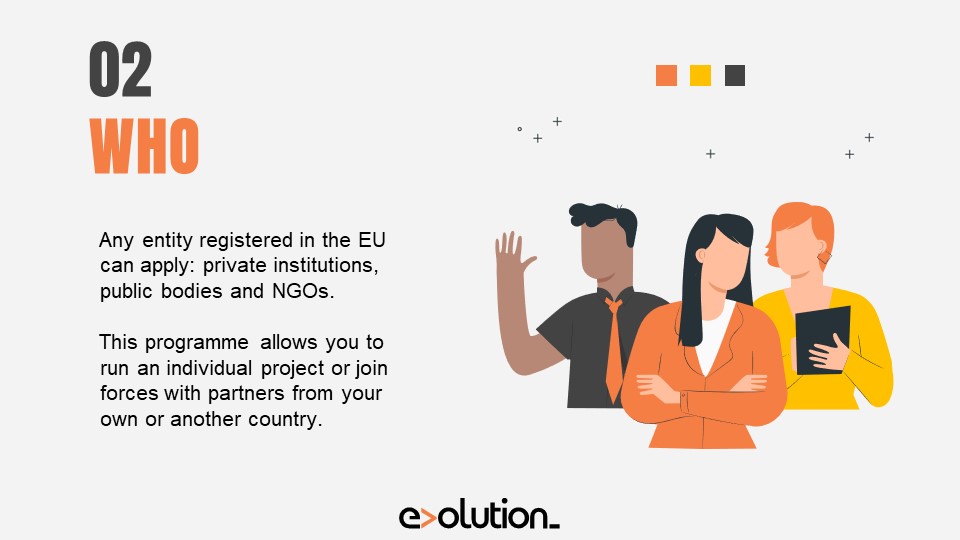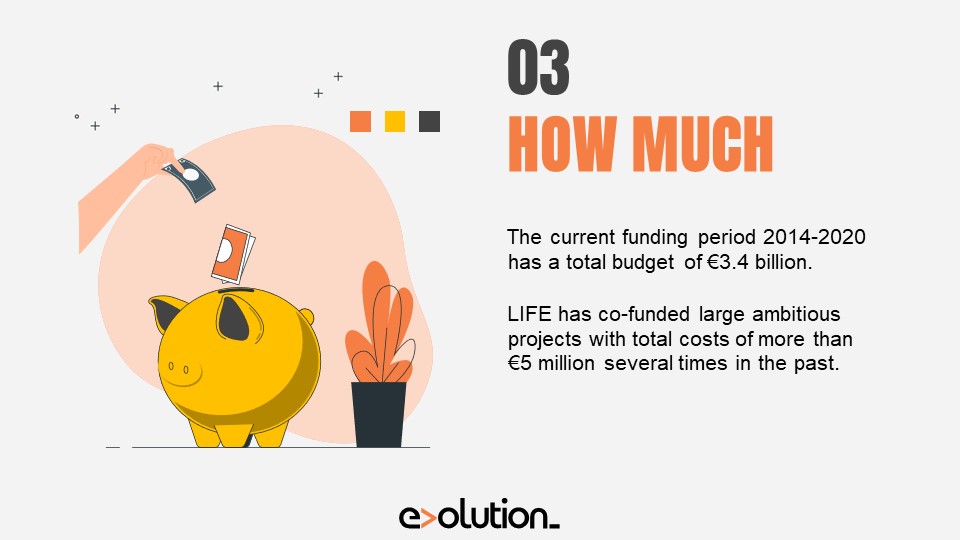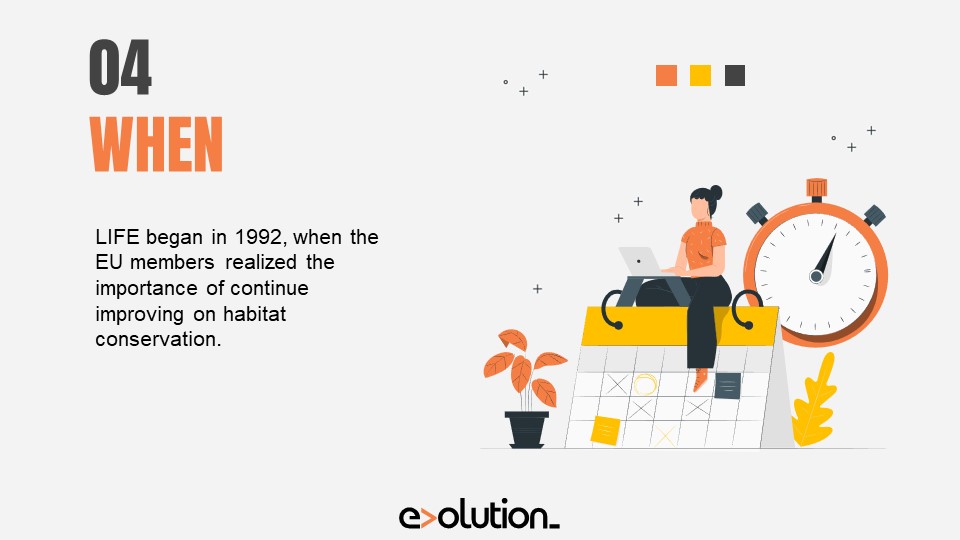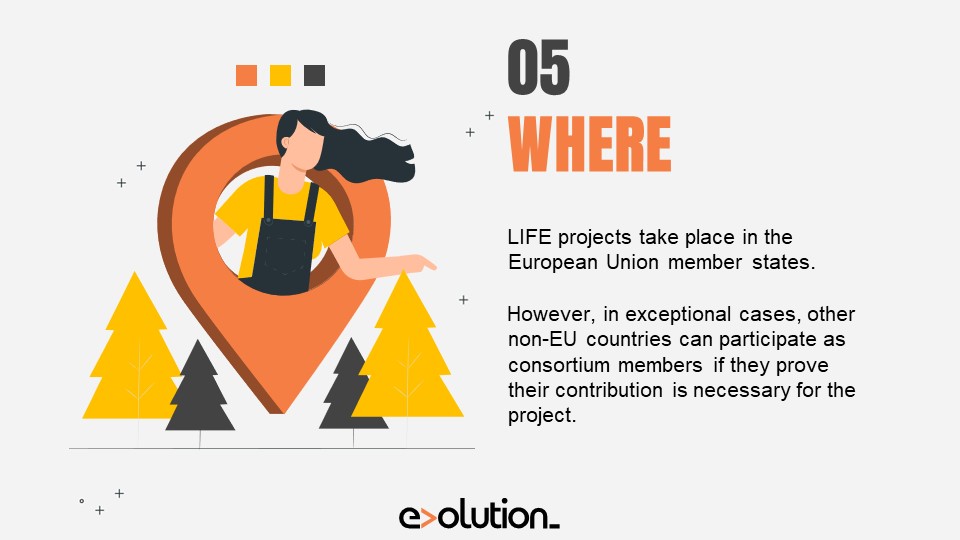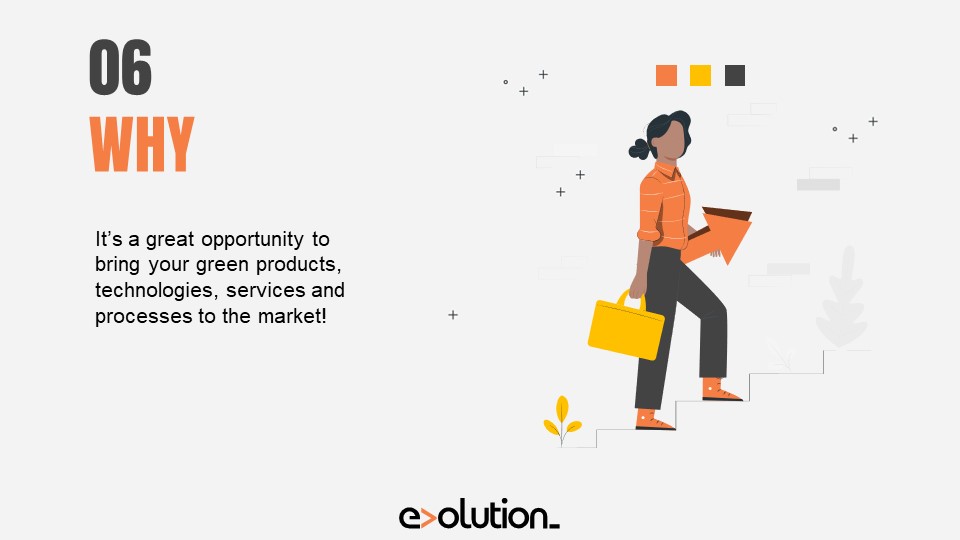The European Green Deal: Innovation as a tool to achieve a greener world

Disclaimer: This post was written a time ago, so some details may have changed since then. We advise you to check out our services page for more information or to contact us directly through this form. Thanks!
What do you do for a greener world? Recycling? Switching off your lamps and electronic devices? Saving water? Using public transport? Investing in clean technologies? Thanks. Even more, congratulations. Note that your sustainable contribution as a European citizen, visitor, or consumer goes beyond that.
Although it will take several generations to succeed for the safety of our planet, it will take even longer to be taught in the books that you are part of the seed to turn a grayscale linear industrial value chain into a colorful circular ecosystem with a blue economy, pink rights, and green society. Maybe, in 2050, some pages after the Man in the Moon picture, there is a picture of the innovative green revolution that is taking place today.
How is the European Commission boosting the development of green projects?
The LIFE Programme
Since 1992, the most relevant EU’s funding instrument for the environment and climate action has been the LIFE Programme. It is still operating with a budget of €3.4 billion for the 2014-2020 period and received a 55% rise in last year’s applications, showing a growing commitment to take action against climate change.
Each year, the European Commission holds the most important environmental event, the EU Green Week, where the LIFE Awards ceremony takes place to recognize the most innovative, inspirational, and effective projects for nature, environment, and climate action.
This year’s winners are exceptional projects such as:
- LIFE DINALP BEAR, a management plan with the aim to protect the brown bear populations and improve the coexistence between bears and humans.
- Flaw4Life, a project that aims to create an alternative market for ‘ugly’ fruit and vegetables changing consumption habits and avoiding food wasting.
- FIRELIFE, a communication and educational plan to raise awareness about the importance of preventing human-induced forest fires in Hungary.
- PREPAIR, a project that will contribute to the improvement of air quality in Italy.
One step further: The European Green Deal
Early this year, the European Green Deal was a hot topic, and we tried to analyze how it will affect programs like Horizon 2020 and how it can benefit innovative entrepreneurs looking for funding. One of the main changes of this new strategy on the R&D Framework Programme was related to its main funding line, the EIC Accelerator Pilot. All applicants submitting their proposals for the May cut-off had to demonstrate how green their innovations were. With this premise, more than 2,000 companies tried to achieve financial support of €7.8 billion. The result: 64 SMEs from 23 countries (among which France, Norway, and Germany were the most relevant) received over €306 million.
But it was just the start. In September, the European Commission launched the European Green Deal Call under Horizon 2020. With a €1 billion budget, it seems to be the biggest call of this program, and the most powerful tool to accelerate the response to the climate crisis and to protect Europe’s ecosystems and biodiversity.
This opportunity is open until January 26th, 2021, to receive disruptive proposals which demonstrate a positive impact on any of the following areas:
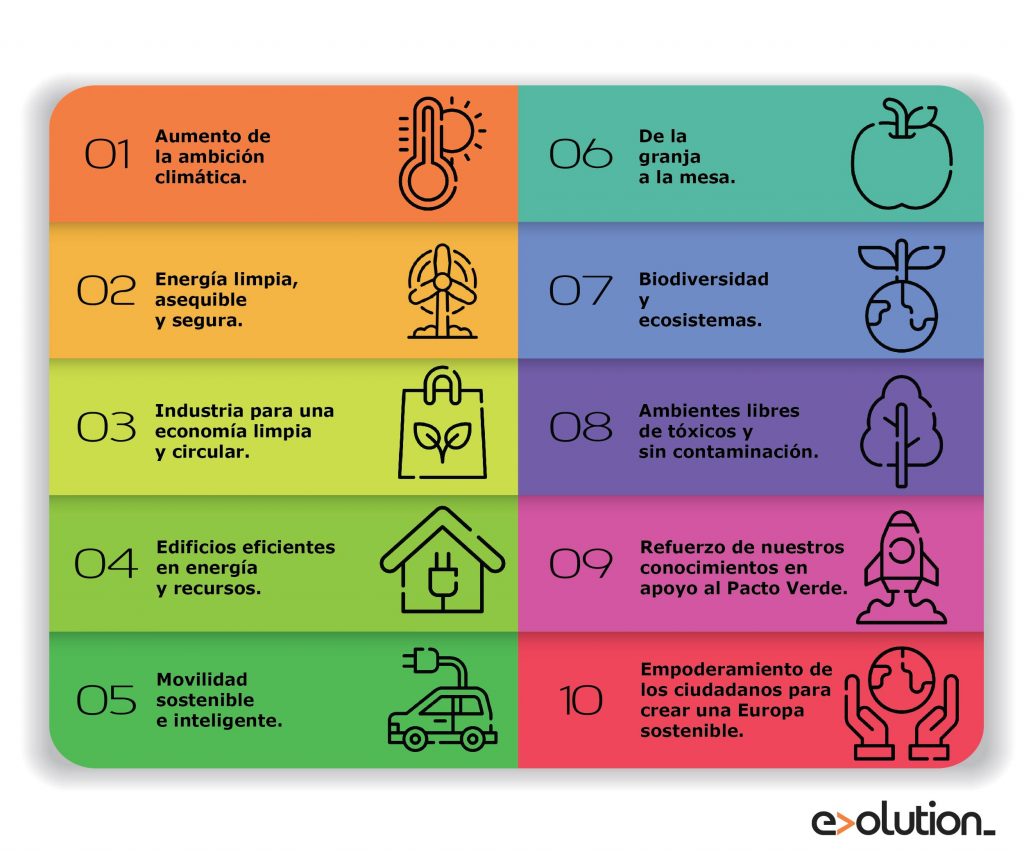
Although it is too early to know the result of this initiative, the European Commission’s commitment seems clear.
Looking to the future: Horizon Europe and its mission areas
With the end of Horizon 2020 just around the corner, we have to be prepared for what Horizon Europe is preparing for green innovative companies. While the information of this new Framework Programme is being revealed little by little, we already know that four of the five missions established to promote research on specific areas are directly related to the Green Deal objectives:
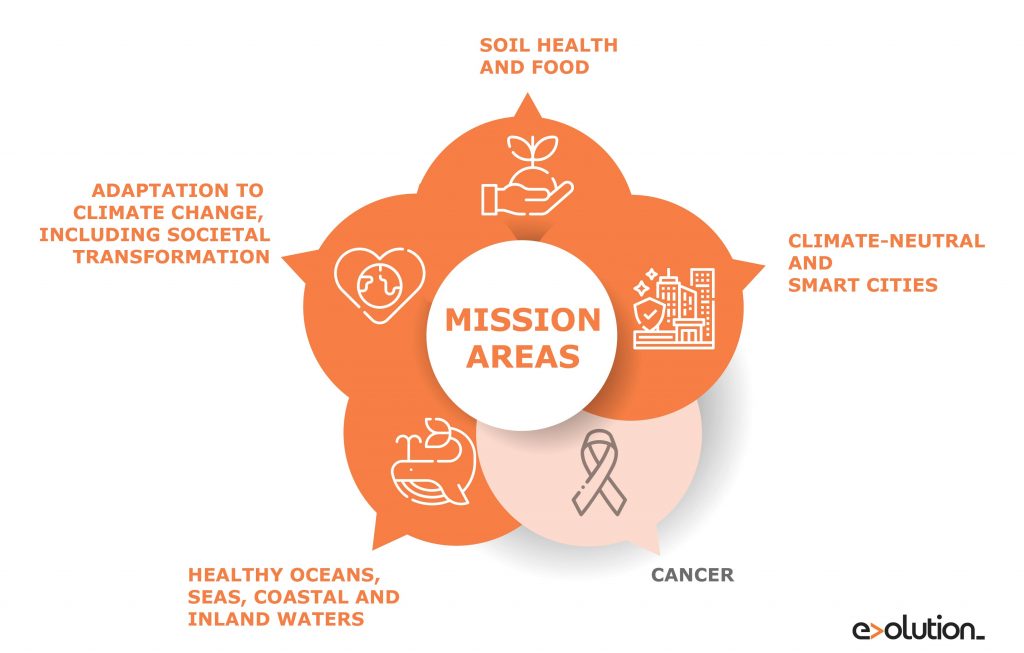
These missions remind us that the climate is changing fast and we must be prepared for its effects. Reducing our impact on the environment and implementing decarbonization strategies for energy, transport, buildings, and industry, are some of the key points to achieve a more resilient society with an improved citizens’ quality of life. So we can expect projects that come up with new solutions in this field will have more chances to succeed under this new framework programme.
The targets by 2030 are:
- Preparing Europe for climate disruptions and accelerating the transformation to a climate-resilient and just Europe.
- Reaching 100 climate-neutral cities by and for the citizens.
- Cleaning marine and fresh waters, restoring degraded ecosystems and habitats, and decarbonising the blue economy.
- Achieving at least 75% of all soils in the EU are healthy for food, people, nature and climate.
Will we reach it?
Conclusions: What happens next.
Sixty years after the Silent Spring book warning us about the hazards of environmental pollution and fifty years after Greenpeace sea actions were reported in worldwide news, “Fridays for Future” strikes are spread all over the world inspired by the Swedish teen Greta Thunberg. These communication activities and educational programs are lifting up Europeans’ heads, raising our hands against environmental damage, and claiming a responsible way of maintaining our well-being. The impact of public opinion finally brought the green claim from the streets to the political agenda. Still, this Green Deal strategy relies on ever-growth premises that remain the main causes of the problems we face today.
How can we avoid past mistakes? The answer is clear: Innovation. As we face the world’s greatest environmental challenges, what we need most is solutions. Solutions that jump from the established curve bringing new ways to approach the current societal problems in terms of health, environment, and economy. This jump from current curves to the next ones is not exempted of risks, uncertainties, and hazards. For this reason, innovators need the UE umbrella with structural programmes such as The Green Deal and LIFE to empower those innovators to encounter the north face cliff and activate the emergency parachute when needed.
Meanwhile, whatever you are doing in the first place, keep doing it, because bottom-up actions are as relevant as top-down innovations. Use innovation as a tool to become part of the green future. Finally, what are you doing to take part in the climate solution?


